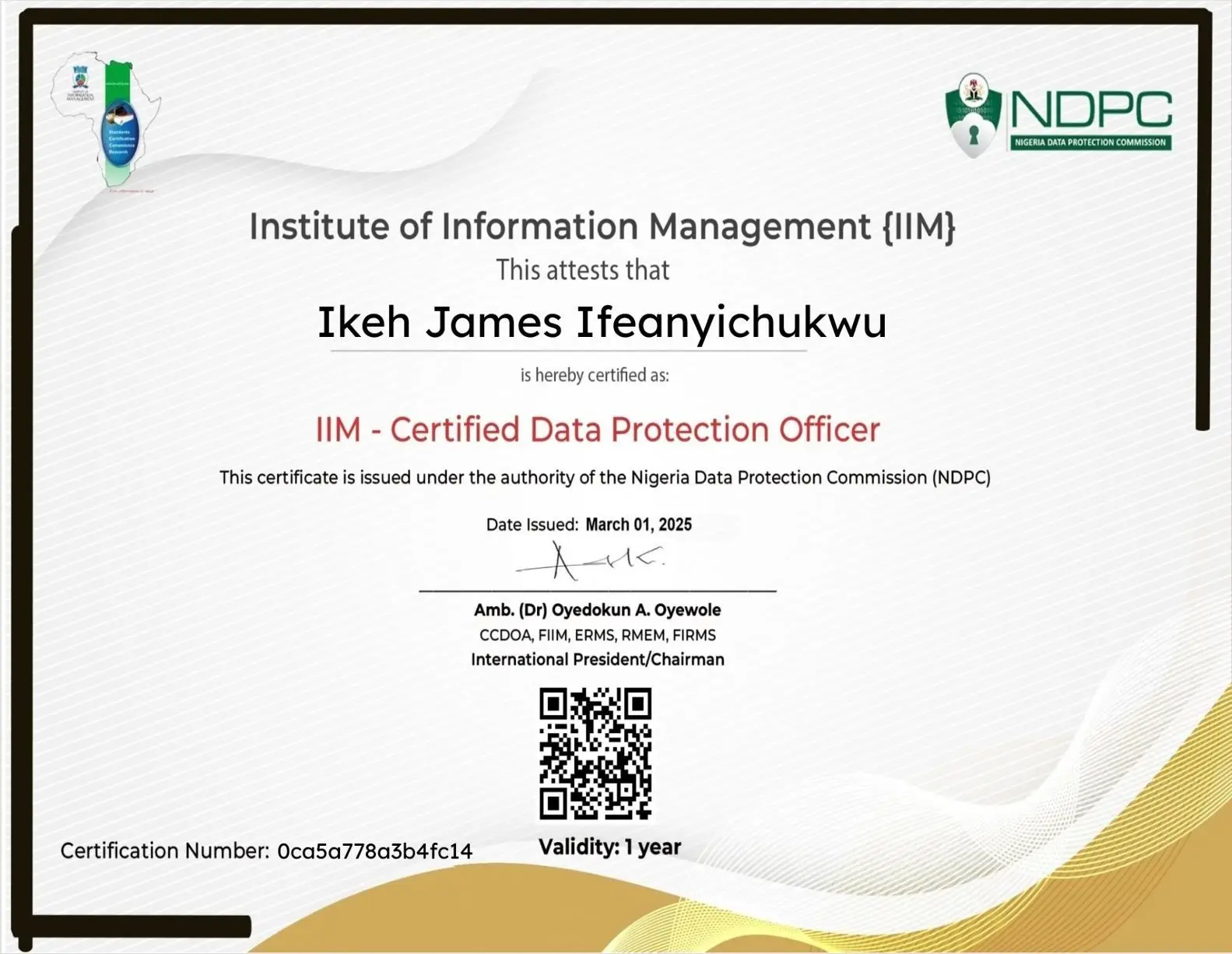Qantas Got Breached — Here’s What It Means for American Businesses
Share

The recent Qantas data breach sent shockwaves across the global business community, highlighting the growing vulnerabilities even among well-established, security-conscious organizations. For many U.S. businesses, this incident serves as a wake-up call about the importance of data governance, incident response, and customer transparency.
As cyberattacks become more sophisticated, every company—whether an airline, bank, or e-commerce startup—faces similar risks. In this article, we’ll break down what happened, analyze key lessons, and explore what U.S. businesses can do to strengthen their defenses.
Understanding the Qantas Breach
In 2025, Qantas Airways, Australia’s flagship airline, suffered a data exposure incident involving customer information in its frequent flyer program. Sensitive data—such as names, travel details, and loyalty balances—was reportedly visible to unauthorized users due to a technical flaw in the Qantas app.
Although the breach did not expose payment information, it undermined customer trust and raised serious questions about digital identity management and internal access controls.
Why This Matters to US Businesses
While the breach occurred in Australia, the lessons are universal. U.S. businesses, especially those in travel, retail, healthcare, and fintech, handle vast amounts of customer data that are equally at risk.
The Qantas case underscores how a single system error or weak API security layer can expose millions of records and tarnish a brand’s reputation overnight.
Key Lessons for U.S. Companies
1. Never Underestimate Internal System Vulnerabilities
Many breaches start with internal misconfigurations rather than external attacks.
- Conduct regular penetration testing and security audits.
- Limit data visibility within apps using role-based access controls (RBAC).
- Implement Zero Trust architecture to minimize exposure.
Example: In the Capital One breach, a cloud configuration flaw exposed over 100 million customer records—a mistake similar to what happened at Qantas.
2. Prioritize Real-Time Monitoring and Alerts
Qantas reportedly detected the breach only after users began reporting unusual account activity.
- Deploy Security Information and Event Management (SIEM) systems for real-time monitoring.
- Use AI-driven anomaly detection tools to identify unusual access patterns early.
Analogy: Think of SIEM systems as digital smoke detectors—they may not prevent a fire, but they alert you before the building burns down.
3. Transparency Builds Trust After a Breach
Qantas took swift public action—communicating openly with affected users and offering guidance. U.S. businesses can learn from this by:
- Notifying customers promptly after a confirmed incident.
- Providing clear remediation steps (e.g., password resets, fraud alerts).
- Maintaining transparency rather than minimizing or delaying disclosure.
Why It Matters: Under U.S. state privacy laws (like the CCPA in California), delays in disclosure can lead to fines and lawsuits in addition to reputational loss.
4. Invest in Data Minimization and Encryption
One reason the Qantas breach wasn’t more damaging was that financial details were encrypted and stored separately.
- Encrypt all personally identifiable information (PII).
- Regularly audit which data is collected—and delete what’s unnecessary.
Tip: The less you store, the less you can lose.
5. Ensure Vendor and API Security
Modern digital systems rely on third-party tools, APIs, and cloud services.
- Require vendors to meet NIST and ISO 27001 standards.
- Monitor APIs for vulnerabilities or excessive permissions.
Example: The SolarWinds attack proved that even trusted third-party software can become a backdoor for hackers.
A Framework for Stronger Data Resilience
| Security Pillar | Recommended Practice | Key Benefit |
|---|---|---|
| Governance | Data classification, risk assessment | Better control over sensitive information |
| Technology | Encryption, MFA, and endpoint protection | Reduces unauthorized access risks |
| Detection | Continuous monitoring, AI-based alerts | Early breach identification |
| Response | Incident response plans, simulations | Faster recovery and reduced damage |
| Compliance | Adherence to GDPR, NDPA, CCPA | Legal protection and customer confidence |
FAQs
Q1: How can small U.S. businesses apply lessons from the Qantas breach?
Even small firms can perform periodic audits, secure APIs, and encrypt stored data. Affordable cybersecurity tools now make this accessible.
Q2: Should businesses publicly admit breaches?
Yes. Transparency fosters trust and reduces the risk of regulatory penalties. Silence often amplifies the damage.
Q3: Which U.S. regulations govern data breaches?
Businesses must comply with state-level data protection laws like CCPA and HIPAA, and follow federal guidelines such as FTC cybersecurity principles.
Conclusion
The Qantas breach is a powerful reminder that even global giants are not immune to digital vulnerabilities. For U.S. businesses, it’s a call to rethink security strategies, improve transparency, and invest in proactive monitoring.
Cyber resilience isn’t just about avoiding attacks—it’s about responding intelligently and recovering quickly when they happen. The companies that learn from Qantas’s experience today will be the ones customers trust tomorrow.




























Leave a Reply